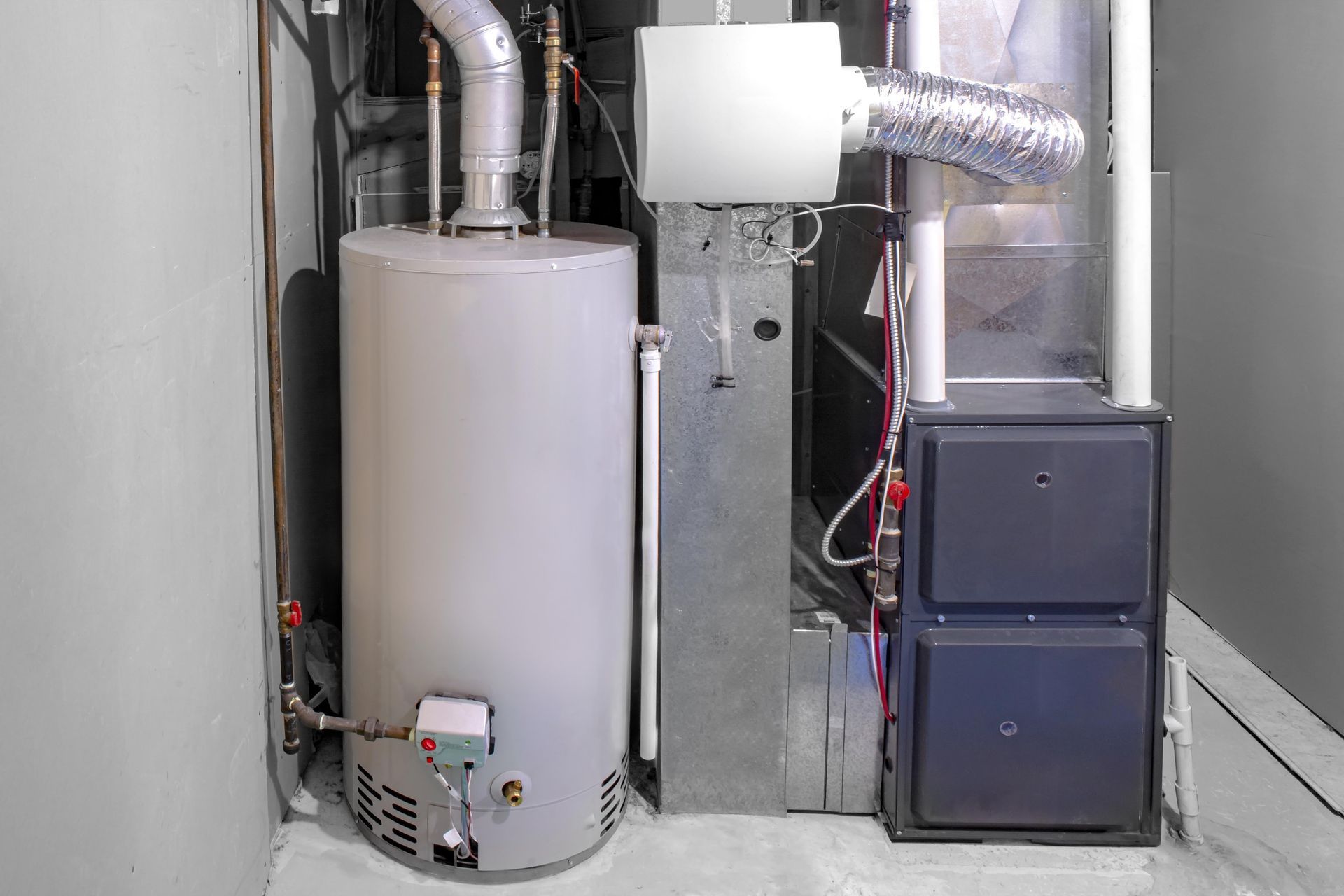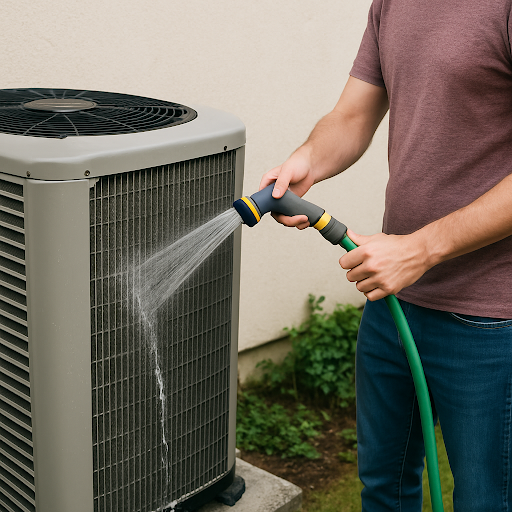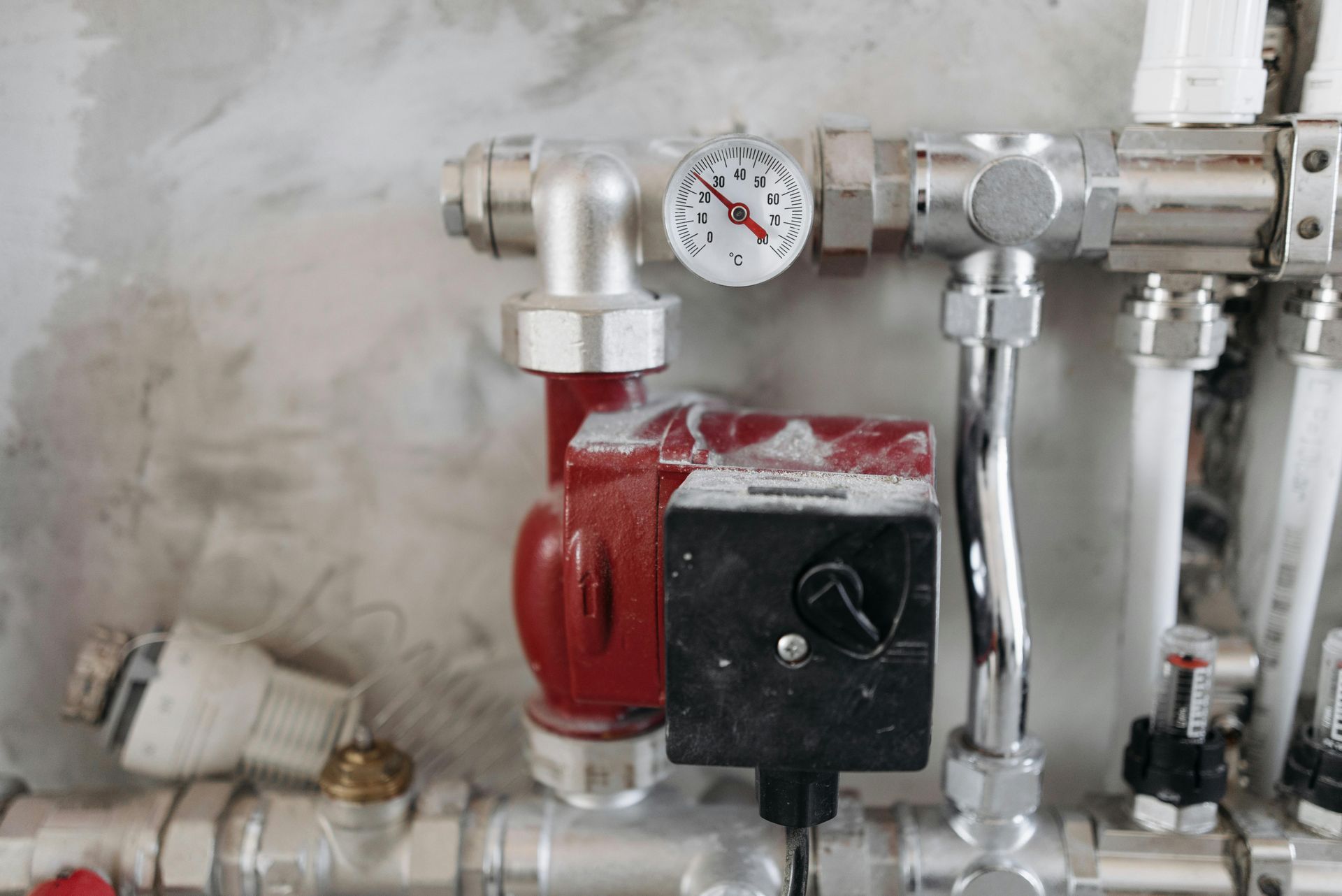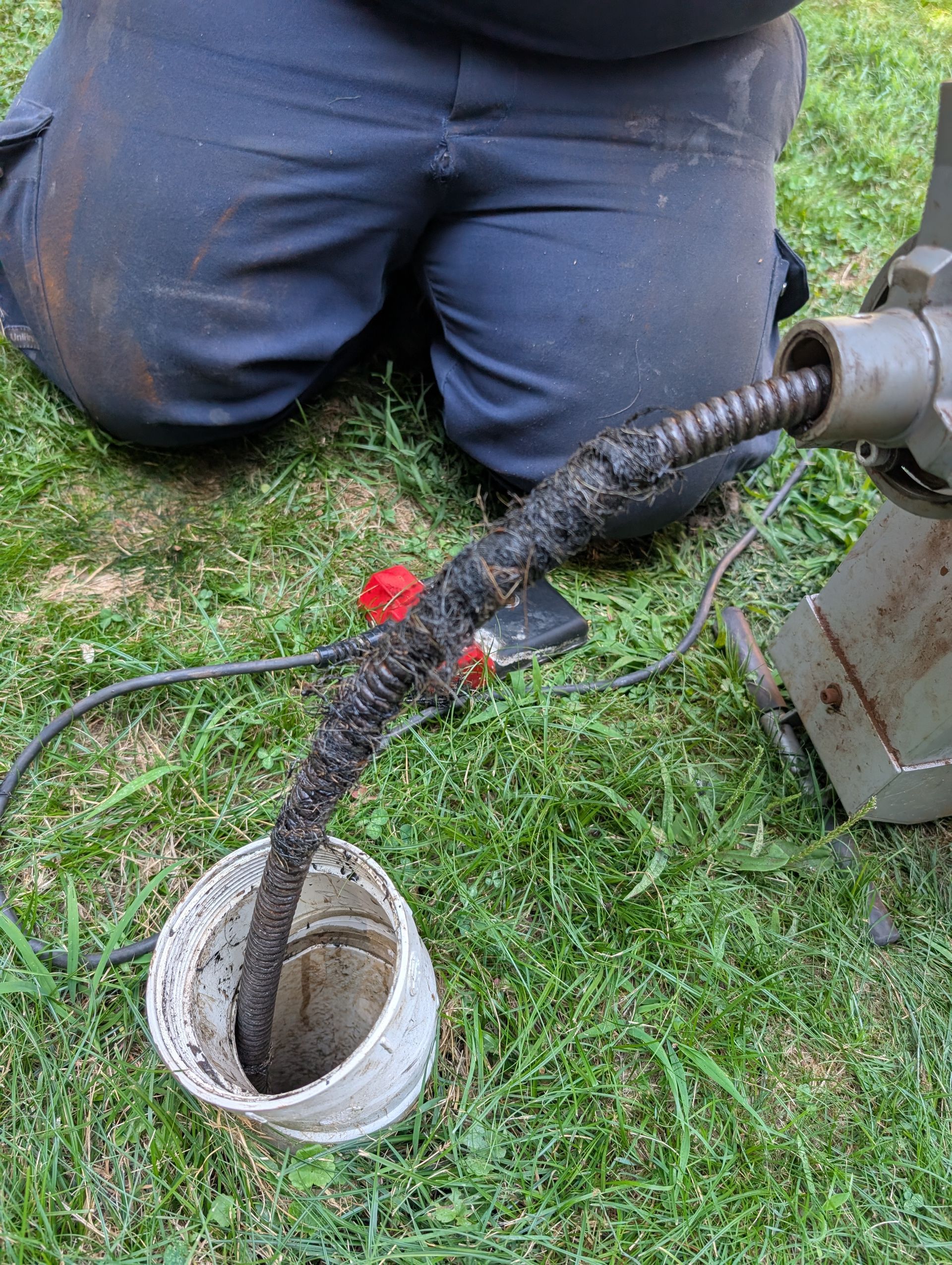Ductless AC: How Does It Work?
For decades, central air conditioning has been the standard, relying on a network of ducts to distribute cooled air. However, a quiet revolution in home comfort has been gaining momentum: the ductless AC mini-split system. These innovative systems offer a highly efficient, flexible, and targeted approach to cooling and heating, making them an ideal solution for homes without existing ductwork, room additions, or for homeowners seeking zoned climate control.
But the question remains: How does ductless AC work? The answer lies in a simple, yet ingenious, design that bypasses the energy losses and limitations of traditional ducted systems.
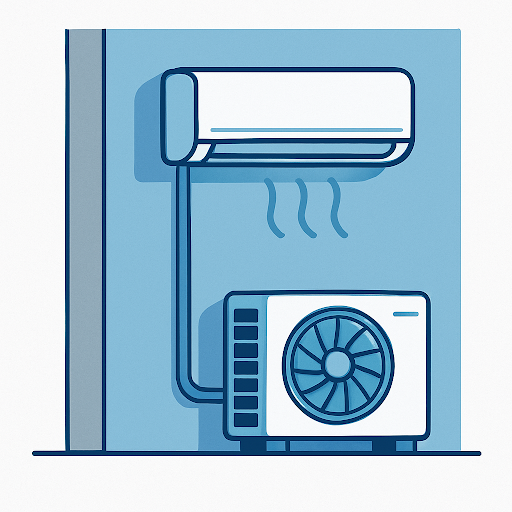
The Core Components: Indoor and Outdoor Units
A ductless mini-split system consists of two primary components: an outdoor unit and one or more indoor units.
1. The Outdoor Unit (Compressor/Condenser)
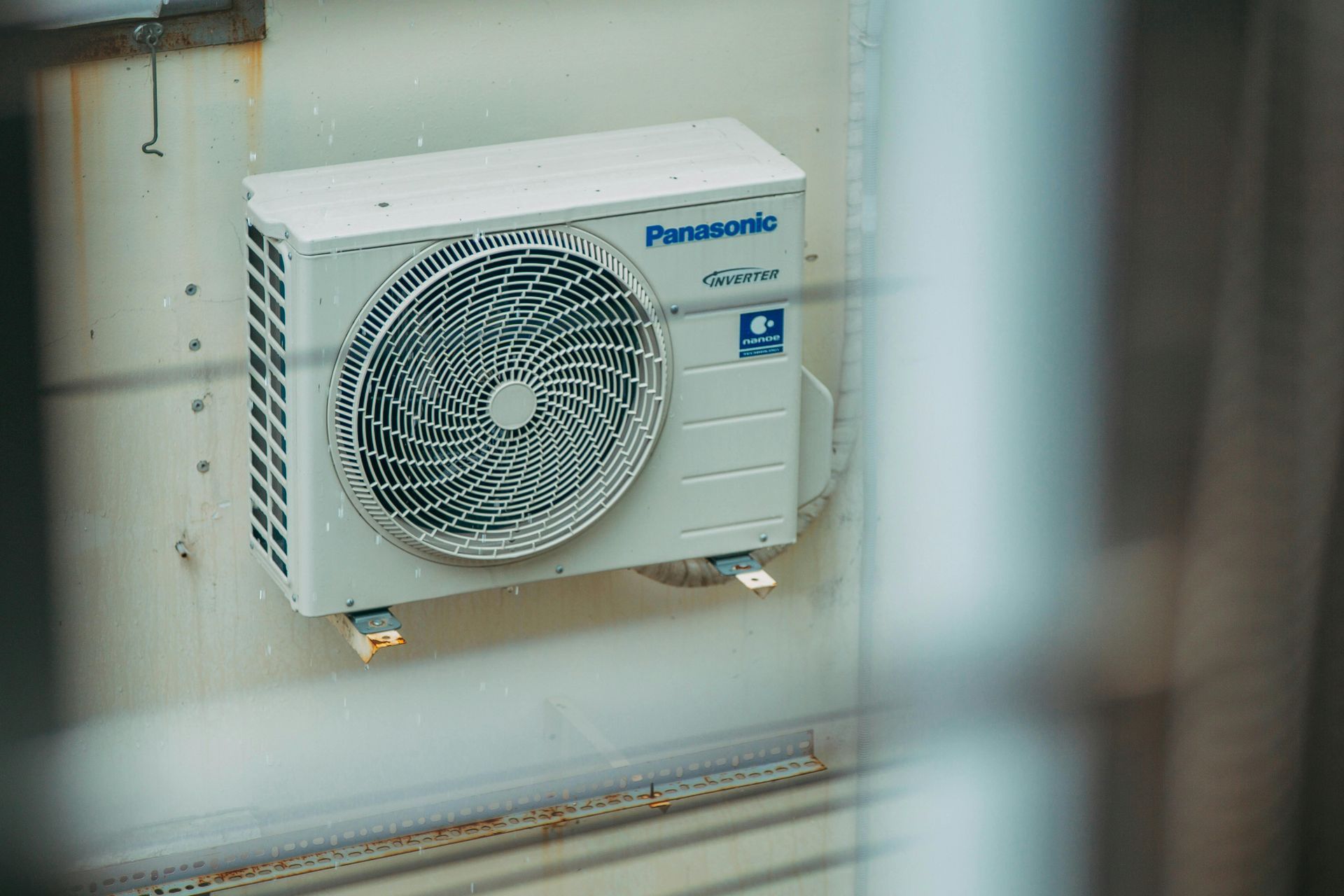
This unit is similar to the outdoor component of a traditional central AC system. It contains the compressor and the condenser coil. Its job is to absorb heat from the refrigerant and release it outside during the cooling cycle, or absorb heat from the outside air and transfer it inside during the heating cycle (as most mini-splits are also heat pumps).
2. The Indoor Unit (Evaporator/Air Handler)
Mounted high on a wall or ceiling, the sleek indoor unit contains the evaporator coil and a quiet fan. This is where the magic happens: the warm air from the room is drawn in, passed over the cold evaporator coil, and then the cooled, dehumidified air is blown back into the room.
The Connection: The Conduit
What makes the system "ductless" is the connection between these two units. They are linked by a small conduit—a bundle of cables that includes the refrigerant line, the power cable, and a condensate drain line. This conduit requires only a small, three-inch hole drilled through the wall, minimizing installation complexity and structural impact.
The Cooling and Heating Cycle Explained

The operation of a ductless mini-split is based on the same thermodynamic principles as a standard air conditioner, but without the ducts.
Cooling Mode
- Heat Absorption: The indoor unit draws in warm room air. The refrigerant inside the evaporator coil absorbs the heat from this air.
- Refrigerant Transfer: The now-heated refrigerant travels through the conduit to the outdoor unit.
- Heat Release: The compressor pressurizes the refrigerant, and the condenser coil releases the heat into the outside air.
- Cycle Completion: The cooled refrigerant cycles back to the indoor unit to repeat the process, while the indoor unit blows cool air into the room.
Heating Mode (Heat Pump Functionality)
Since most ductless systems are also heat pumps, they can reverse the flow of refrigerant. In heating mode, the outdoor unit absorbs heat from the outside air (even in cold temperatures) and transfers it indoors, making it a highly efficient alternative to traditional Heating Repair or furnace systems.
Key Advantages of Ductless Mini-Splits
Ductless systems offer the following significant benefits that contribute to both comfort and cost savings:
- Zoned Comfort: Each indoor unit operates independently, allowing you to set different temperatures in different rooms or "zones." This means you only cool or heat the spaces you are actively using, leading to substantial energy savings.
- High Energy Efficiency: Traditional ducts can lose up to 30% of conditioned air through leaks and poor insulation. Ductless systems eliminate this loss, making them inherently more efficient.
- Improved Indoor Air Quality: Without ducts to collect dust, mold, and other allergens, ductless systems contribute to cleaner air. Furthermore, they are often equipped with multi-stage filtration to actively improve AC & Indoor Air Quality.
- Flexible Installation: They are perfect for older homes where installing ducts is impractical, or for new additions like sunrooms or garages.
Upgrade Your Comfort with Royal Class Service
If you are tired of uneven temperatures, high energy bills, or the limitations of window units, a ductless mini-split system is the modern solution you've been searching for. Their quiet operation, energy efficiency, and ability to provide precise, zoned comfort make them a superior choice for any home.
Ready to experience the next level of personalized climate control? The experts at Royal Class Service specialize in ductless mini-splits installation and service. We can design a custom system that perfectly fits your home's layout and your family's comfort needs.
Contact us today for a consultation and take the first step toward a more comfortable, efficient home.


